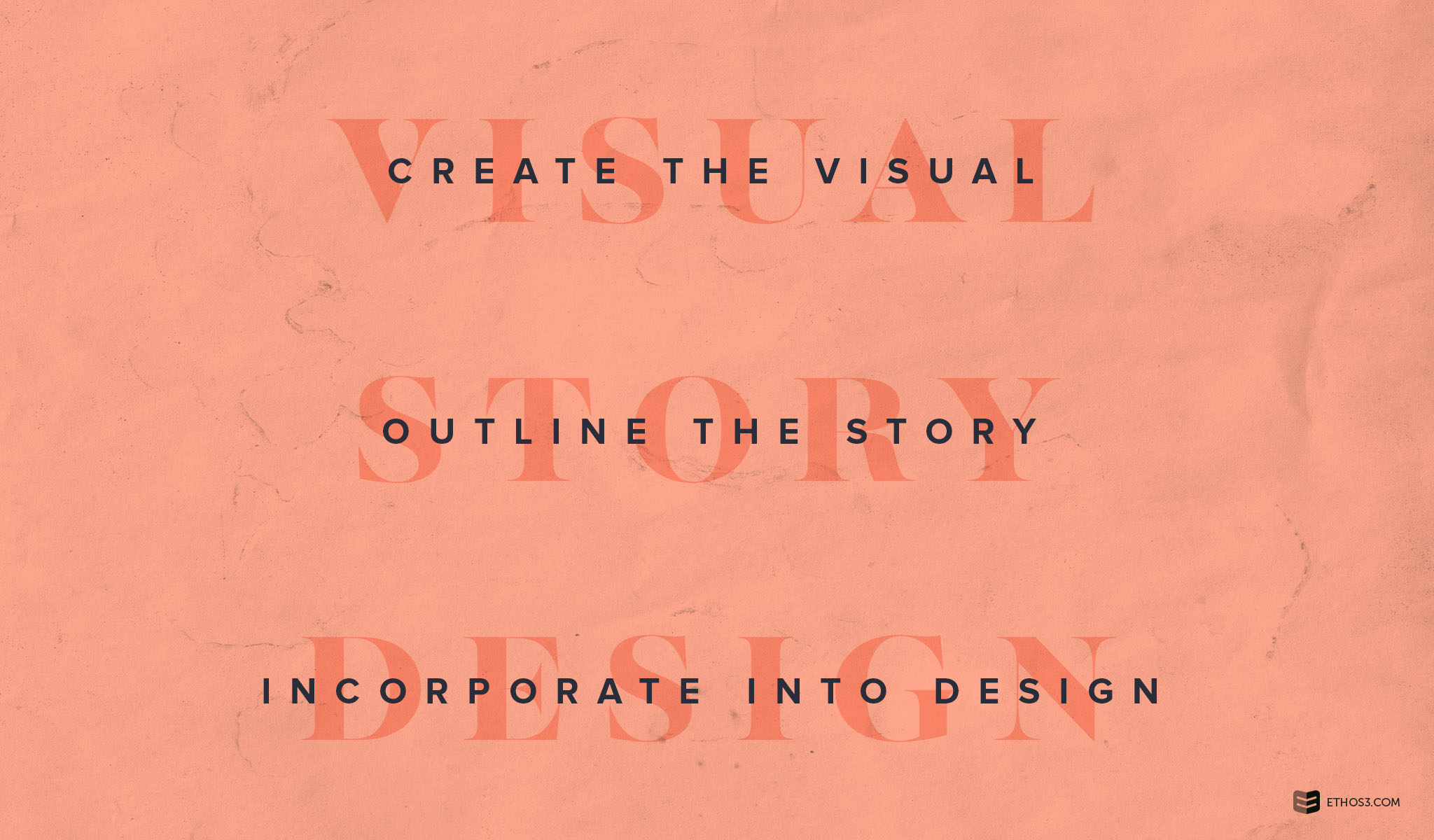Many presentations revolve around complex ideas that need to be simplified. One way to make your presentation content easier for your audience to understand is to apply a simple visual. This can be done with the help of literary devices that will also elevate the quality of your presentation content. Today, we are going to look at the narrative concept of the motif.
A motif is a “distinctive feature or dominant idea in an artistic or literary composition.” It’s like the green light in F. Scott Fitzgerald’s The Great Gatsby, or the Big Bad Wolf in the fairy tale The Three Little Pigs. Both appear many times throughout each story and evoke an emotion. This concept is different from a theme; a theme is an abstract idea, while a motif is concrete. Because a motif is distinctive and repeated throughout the presentation, your audience will remember this idea after watching you speak.
By applying a motif to your presentation content, it will also help with the organization and design of your presentation. Here are 3 easy steps that will help you apply a motif to your presentation.

- Create the Visual
You know what your presentation will be about, but you are not sure how to simplify your message. Hold a brainstorming session to write down some visual representations that will be easy for your audience to understand. Then consider how easy or difficult it will be to design the visual. Take into account the time frame that the presentation must be completed in. Once you are settled on an idea, you can begin to weave it into your presentation content.
Related Post: The Power of a Visual Metaphor
- Outline the Story
Now that you know what your motif is, apply it to your presentation outline. Write out how soon or late that you need to introduce the motif. Make sure this idea is repeated several times in the presentation. Don’t worry about repetition because that is kind of the point. You want this visual image to stay in the minds of your audience. Once your outline is complete, you can begin to write out your content. Here, you should focus on the flow of the information. Are there any awkward moments, or parts of the presentation that sound confusing? Make sure to address these problems and finalize your presentation content before beginning the design.
- Incorporate into Design
The visual idea that you decided to move forward with in the first step can now be designed into the presentation. Make sure the slides that display your motif stand out from the rest. Limiting the amount of text on the slide can help guide the audience’s eyes to the visual. Be creative and simplistic with the design of the motif. Keeping the imagery consistent can help give your presentation polished and professional look.
Related Post: The Power of Simplicity [Video]
For more ideas on how to apply literary devices to your presentation, check out these posts on the Ethos3 Blog:
The Psychology of Metaphors in Presentations